Coordinates:  31°34′5.62″N 74°18′29.42″E
31°34′5.62″N 74°18′29.42″E
Nepalese Metal Work
The several accessions made in this section a Nepalese Copper Gilt Pedastal (See Figure 1) and the images of Buddha (See Figure 3), Samvara with Sakti, Manjusri (See Figure 4), and Chintamani (See Figure 5) are of special interest. The Pedastal and the seated Buddha are valuable examples of the finest type of Nepalese response work. The cast brass figure of Samvara with Sakti is a welcome addition to the collection of Nepalese Buddhist statuettes in the Museum. The Yab Yum attitude of the figures may appear vulgar and objectionable to the lay public, but it should be tolerated for the sake of art as it furnishes an interesting specimen for study both to a lover of art and to a student of Buddhist iconography. Another notable addition to the series of gods of Mahayana Pantheon is the large image of Manjusri - the god of Transcendent Wisdom. The image of Chintamani, though not very old, has beautiful qualities of Modelling which appeal to all loves of art.
 |
| Figure - 1: Gilt Copper Jewelled Nepalese Holy Vessel |
 |
| Figure - 2: Nepalese Jewelled Dharmayantra |
 |
| Figure - 3: Head of Bodhisattva |
 |
| Figure - 4: Manjusri and Sakti |
 |
| Figure -5: Chintamani |
Coins
Eight silver coins were received as presents from the various provincial Governments.
Mr. R. B. Whitehead having gone on combined leave out of India, Mr. H. Nelson Wright has been appointed Numismatist to Government, Punjab. No coins were dealt with under the Treasure Trove Act during the year.
The addition to the art textile collection includes specimens of old South Indian Silk sarees, a cotton and Jari knot dyed sari from Rajputana. To the embroidery section an excellent set of specimens of different types of silk embroidery on satin for lady's skirts - lehengas - have been added. The acquisition in the carpets section were two rugs and a camel bag.
Paintings
Additions to the picture gallery have not been numerous due to the fact that painting of good quality is not frequently found. Among the accessions, the Abhisarika Nayika (See Figure - 6) and Gajendra Moksha are the best. The former depicts a Nayika going on a dark night to meet her lover through a forest, in rain and lightning. The path is beset with serpents but the Nayika remains unconcerned and proceeds to the trysting place. (Poonch; early 19th century).
 |
| Figure - 6: Vasakasajjya Nayika |
The other picture (See Figure - 7) illustrates the story of the salvation of Indradyumna. King Indradyumna was a devout follower of Vishnu. He incurred the displeasure of the sage Agastaya and by his curse was born as an elephant. Once the elephant went to bathe in a lake in the Chitrakuta Mountain and was seized by a mighty crocodile, which began to drag him into the water. The elephant could not escape and finding that he was doomed to death he prayed to Vishnu to save him; thereupon Vishnu came and slew the crocodile with his chakra, and saved his devotee who from that day resumed his original form. In this picture, the crocodile is represented more or less like a serpent with a grotesque head. (Kangra; early 19th century).
 |
Figure - 7: The Salvation of Indradyumna
|
 |
| Figure - 8: An Elephant Fight |
 |
| Figure - 9: Khusrau looking at Shirin While Bathing |
 |
| Figure - 10: Penances of Uma |
 |
| Figure - 11: Portrait of a Lady (Period of Shah Jehan) |
References
















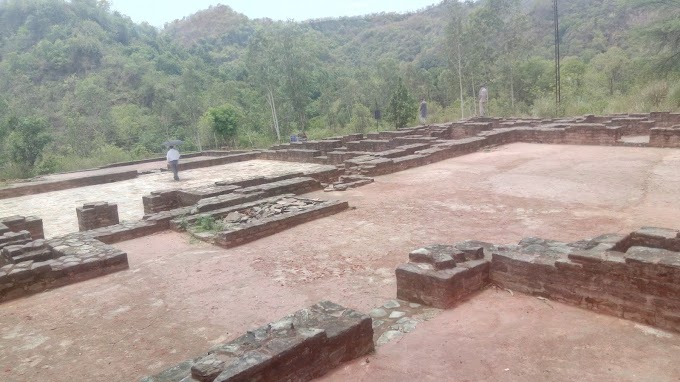

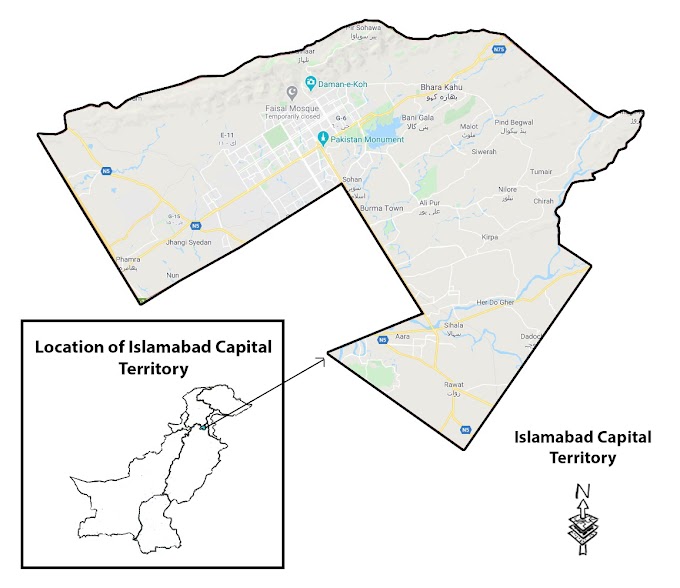
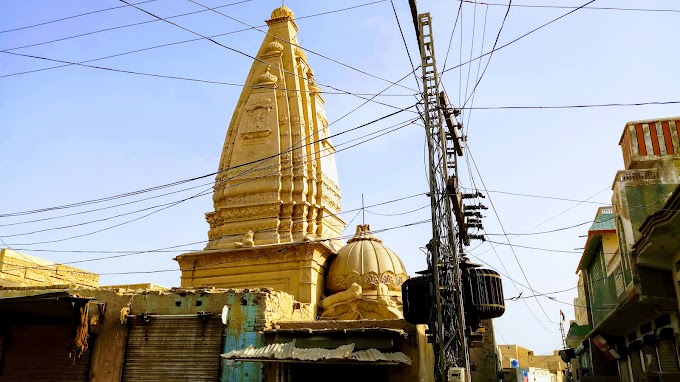
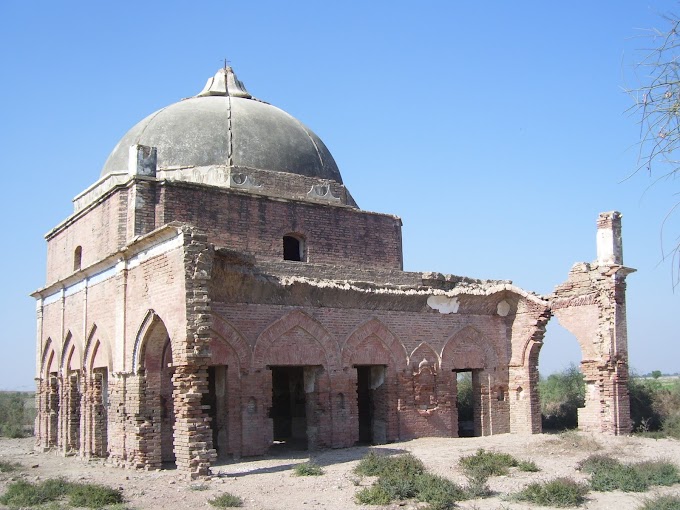
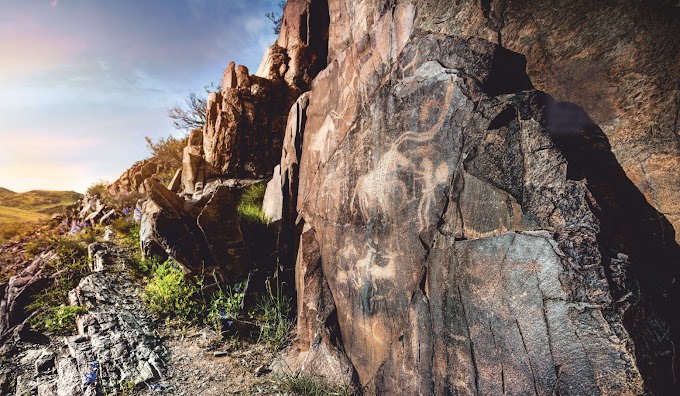


![Central Museum Lahore - Annual Report (1935-1936) [Archaeological Survey of India]](https://blogger.googleusercontent.com/img/b/R29vZ2xl/AVvXsEgIMS6YSjtiErbiSK_fZVVzWawfOW6KJtOIztqq7BxD2pgTimVZd5kYD8iUunJfUMq4Ken0u91UvBrBk-oDXZ9OkSmTX-fW9g1uRSpT-xHyZsFY1BCKgsqAbHoz0Hp9CObd73UB-_ix1YUa/w680/central-museum-lahore-annual-report-1935-1936.jpg)

0 Comments